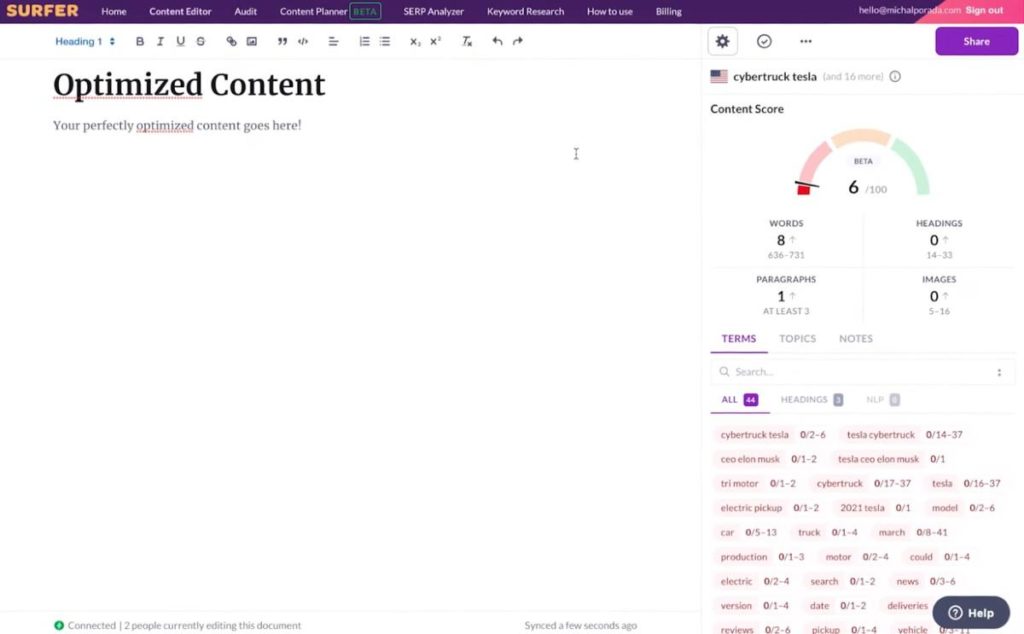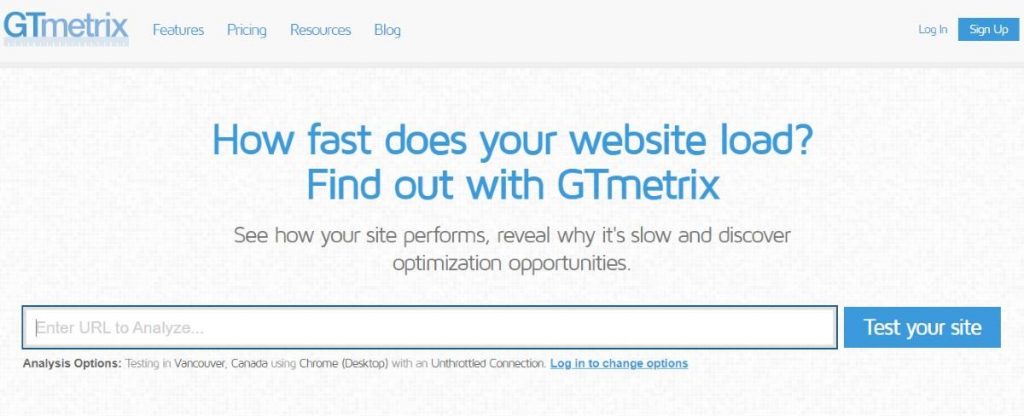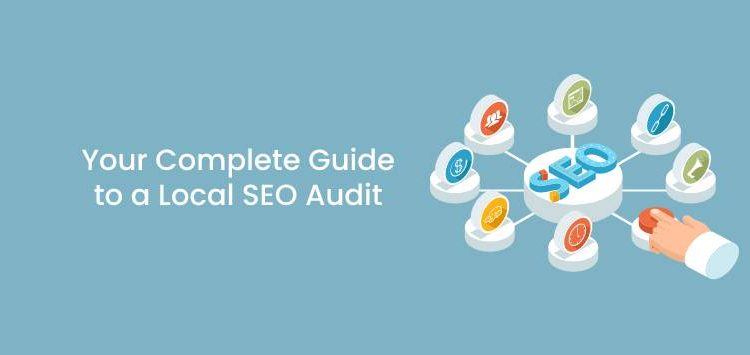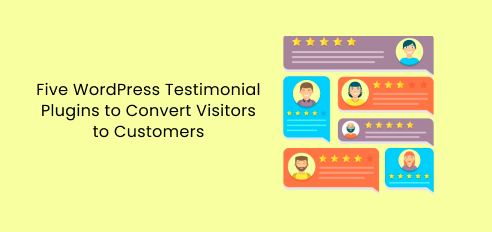A local SEO audit is a complete examination of various SEO aspects that influence your local rankings. Basically, a local SEO strategy involves optimizing your website to ensure increased visibility or rankings within a given geographic location.
Therefore, the primary objective of a local SEO audit is not just to check what’s affecting your local rankings. You also want to fix any issues that could be costing your local business higher rankings on the search engine results pages (SERPs).
This post will go through how to do a local SEO audit to increase your company’s exposure and growth.
1. Google My Business
Google My Business is a free Google tool that allows you to show your business listing on Google Maps and the 3-Pack search results.
It is a must-have for functional local SEO. So, if you don’t already have one, your local SEO audit should start with setting up a verified Google Business Profile account. If you have an account, you must go through it and optimize it for search engines.
Google ranks listings based on relevancy, distance, and prominence. So consider how you might improve your listing to encourage proper ranking. Ensure you provide the actual information about your business, such as the real address, name, working hours, services, and location.
Also, one of the most crucial details you must provide is your business category. Add the correct category, as this will affect the type of search queries that will trigger your business profile. Here’s an example of how it appears.
Besides creating or claiming your GMB profile, you must also optimize the listing. Here’s how to do it:
- Write an optimized business description. Optimize the description with relevant keywords to improve your performance in the local search engine results pages (SERPs);
- Upload high-quality images. According to Google, businesses with high-res images enjoy more click-throughs to their websites than those without. So, add a cover photo of your brand and product or interior photos showcasing your establishment;
- Collect customer reviews. Send emails to consumers encouraging them to post positive Google reviews. It’s also crucial to clean your email list with email verification tools. It prevents bounced emails and maintains your reputation.
- Respond to the reviews, especially negative ones, to show search engines and prospective customers that your establishment cares about the customers;
- Add a Q&A section. Use this section to ask and answer the most frequently asked questions your business gets;
- Add accurate operating hours;
- Add contact information;
- Allow messaging;
If you have a multi-location business, you should do the same with all your profiles. Updated and accurate local listings for each business location. Check this out:

Little Italy Pizza is an excellent example of an establishment with optimized GMB listings. Their listings provide all essential details, including a direct link to its menu.
2. On-page signals
On-page signals are just as important in local SEO as they are in traditional SEO. Page-signals audits involve improving content, keywords, and other technical on-page features to help search engines and people understand what your company is all about.
The content on your website must be optimized for the relevant keywords to help you rank higher. Keyword research tools like Ahrefs and SEMrush can help you identify lucrative keywords worth targeting.
Once you identify the keywords, use them to optimize your content headings, meta descriptions, URLs, blog posts, alt images, and every other piece of content present on your website.
Effective blogging tools may help you manage your content more effectively and increase the value of your content. A tool like SurferSEO, for instance, can also prove very useful in optimizing on-page content. You can use the software to optimize your blog posts for the right keywords and phrases to boost the post’s rankings.

Since this is local SEO, you’ll also want to create content specifically tailored to your local target audience. For example, if you already have content marketing in your marketing funnel, you can create a post on a local event your brand participated in.
You should also crawl your site for broken links and fix them. Broken links might harm your site’s reputation. They create a negative user experience by redirecting readers to non-existent sites.
Also, ensure your website has a responsive design that guarantees the material suits all device screen sizes. If your website is slow, you must enhance its speed. It is an important mobile ranking component.
3. Review signals
Keeping track of your reviews is crucial as it helps you see how your customers perceive and rate your product/service. On top of that, customer reviews can affect your ability to acquire new customers. Of course, most customers will go to businesses with glowing reviews. Therefore, you must collect as many positive reviews as possible.
From Google reviews to Yelp, TripAdvisor, and even Facebook, there are more customer review sites today than ever before. Managing reviews across all these platforms can be very challenging. Luckily, software solutions like Birdeye and Podium make that task easy. Here is an insightful example of these tools (Podium).
These solutions allow you to manage reviews across dozens of review sites from a single dashboard. They will also alert you when a customer leaves a negative review. That allows you to salvage the issue before it escalates.
The solutions also improve your ability to collect customer reviews. They can automate your review requests, for example.
Aside from that, dealing with, managing, and responding to negative feedback is critical. Sometimes the reviews are written by dishonest or vindictive people (who may or may not have purchased your goods or services).
You may be disappointed and offended. You must, however, keep your cool and be professional and respectful. Show sympathy and empathy toward the consumer. It’s a good idea to ask them to contact you by email or phone to fix the customer’s issues.
4. Link signals
Your website should have backlinks from high-authority websites within your city, region, or country. These backlinks will improve your local rankings and referral traffic. They’ll also spread the word about your local business.
Unfortunately, not all backlinks are helpful. It’s imperative to keep your website free of spammy backlinks. You also don’t want backlinks coming from “link mills” or sites that charge users for backlinks. These links will negatively affect your backlink profile and may result in a Google penalty.
Therefore, it’s essential to monitor backlinks regularly to identify suspicious links pointing to your website. You should also learn about disavowing links to eliminate bad backlinks before they land you in trouble.
Perform anchor text analysis as well. Ensure you’re not overusing any one of your internal link anchor texts. Google considers it spam and should be avoided. Instead, come up with variations for different anchor texts.
5. Behavioral signals
Behavioral signals show how users are interacting with your brand. For local businesses, some vital behavioral signals will include the number of people clicking the telephone number in your GMB profile to call, the number of users checking in, the number of users leaving reviews, the click-through rate to your website, etc.
These signals tell search engines how credible your business is. It can even tell the crawlers how popular your business is. Those signals can then push your business to the top of the SERPs.
You can analyze specific behavioral signals using tools like Google Analytics. The free tool shows you metrics like bounce rates and time-on-page, for example. A high bounce rate or low time-on-page could tell search engines that your content is irrelevant, poor, or both. That may affect your rankings negatively.
Therefore, you’ll need a strategy to fix such issues. For example, you can do a local SEO audit on the content itself and see if it serves the search intent. If it doesn’t, revamp the content.
Site speed may also affect your bounce rate. Use Google Pagespeed Insights or GTmetrix to check your page load times and overall site performance.

High click-through rates (CTRs) are also a local behavioral signal. Your Google My Business listing has a limited number of options for boosting CTR, such as title, meta description, etc.
But a strong review profile (star rating and volume) can help you stand out and earn more clicks. To boost your organic CTR, you can also improve your title tags and meta descriptions on your web pages.
In Closing
If your company relies on Google Maps listings, or if you want people to discover you using searches with “near me” or a specific city, you must master local SEO. That starts with conducting a comprehensive local SEO audit.
A robust SEO audit distinguishes your website from the million websites that offer similar services. It assists you in identifying and prioritizing optimizations that have the best chance of delivering high-converting traffic to your website.
You’ve learned the five ways to improve your local SEO strategy from this article. You need to create and optimize your GMB listing and improve review signals, on-page signals, link signals, and behavioral signals.
These audit elements should be evaluated every 6-12 months, depending on the size and extent of your web presence. Do that, and you should see your store rise higher on the local search results pages.
Bio
Owen Baker is a content marketer for Voila Norbert, an online email verification tool. He has spent most of the last decade working online for a range of marketing companies. When he’s not busy writing, you can find him in the kitchen mastering new dishes.











